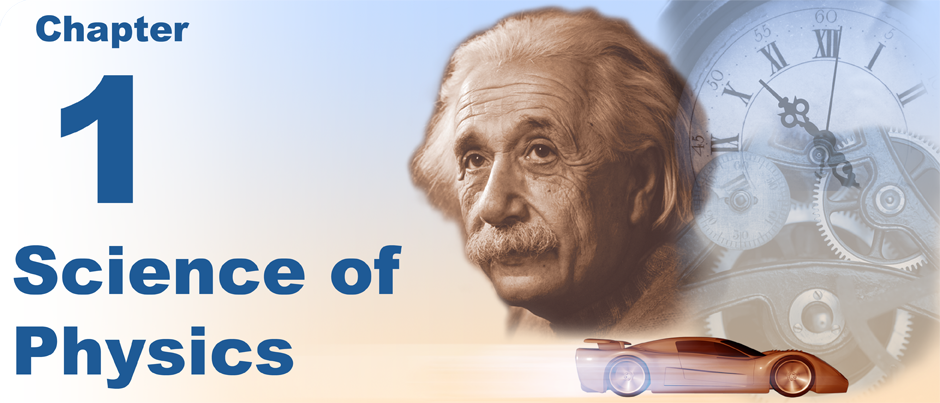 |
Physicists refer to 1905 as the Annus mirabilis (year of miracles) because of the unprecedented rethinking of the universe by the 25-year-old Albert Einstein. At that time, Einstein, a German by birth, worked as a patent clerk in the Swiss patent office. In that single year, revolutionary ideas poured forth from the young Einstein’s mind. He not only finished his doctoral dissertation that year but also submitted four extraordinary papers for publication, each with a different and powerful new idea. Our understanding of matter, energy, space, and time changed forever. Any one of Einstein’s 1905 papers would have won the Nobel Prize by itself. That four such contributions were made in a single year is a testament to the creative power of this genius’s imagination and his willingness to leap with his mind into novel ideas and new ways of thinking. 
|
Perhaps you think that creativity and imagination are the realm of painters and writers, but surely not scientists. If so, you would be mistaken! Truth turns out to be much stranger than fiction! Look up a painting called The Persistence of Memory created by the Spanish surrealist Salvador Dali in 1931. Dali’s imaginary warped and drooping clocks were supposedly inspired by the fantastically real imagination of Albert Einstein. It was Einstein’s creativity that prompted him to ask himself such questions as “What would light look like if we could see a light beam that was standing still? What would the world look like from a moving spaceship? Would the world look fundamentally different from how it appears when standing still?” It requires a creative mind to pose such questions and a powerful imagination to envision and explore the range of possible answers. 
|
It was through a combination of logic and imagination that Einstein discovered that time and space are connected. In the third of his 1905 papers, Einstein proposed his theory of relativity. He described how time slows down and space contracts near the speed of light. In the theory of special relativity, Einstein gave us a realistic design for a time machine that could travel a million years into the future. Going forward in time and space takes a tremendous amount of energy—more than we can control with today’s technology. Coming back would be another problem! 
|
In 1915, Einstein extended his relativity theory to describe the connection among mass, space, and time—what we call general relativity. His creative idea was that the gravity caused by mass would warp the space around it, thereby causing the path of light to be deflected. This is strange indeed! Einstein’s theory was successful in explaining the anomalous orbit of Mercury, but he became world famous when his prediction for the deflection of light by the Sun was confirmed in 1919. His theory has since been beautifully confirmed by many different experiments. 
|
| |
|

